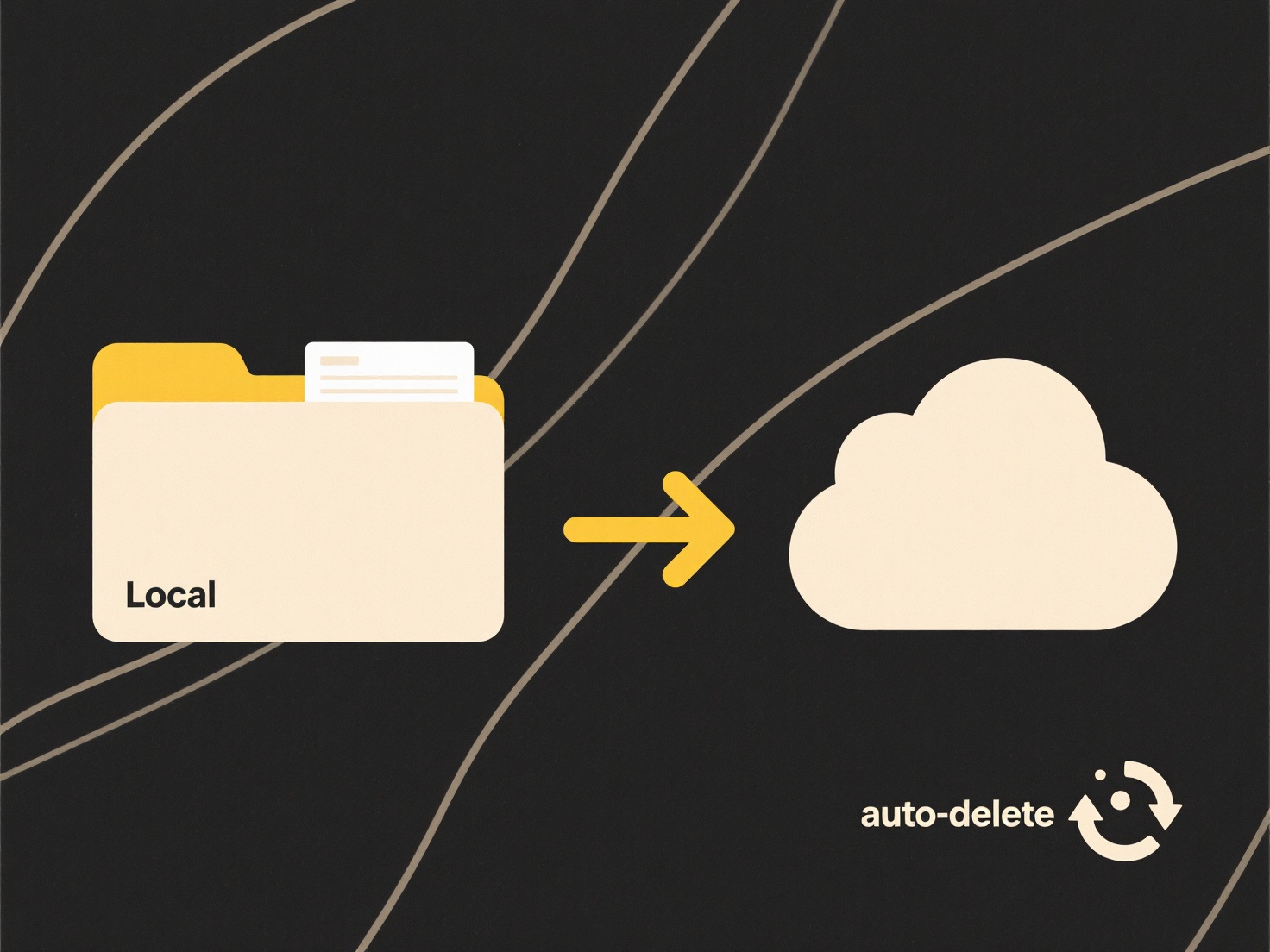
Managing file permissions involves controlling user access rights to files and folders on company systems. It defines who can view, edit, delete, or share specific data. This differs from simple password protection by offering granular control over actions for different users or groups (like departments or project teams), typically managed through operating systems (Windows ACLs, Linux chmod) or dedicated services.
For example, in cloud platforms like Google Workspace or Microsoft SharePoint, permissions allow HR to restrict salary spreadsheets to only HR staff while granting read-only access to finance managers. In industries like banking or healthcare, highly confidential customer data might be accessible only to specific compliance officers using role-based access control.

Proper permission management enhances security, prevents data leaks, and aids regulatory compliance. However, it requires ongoing administration and can become complex in large organizations, risking overly restrictive access hindering collaboration or overly permissive setups creating vulnerabilities. Implementing the principle of least privilege and conducting regular access reviews are key best practices to balance security with operational needs. Future trends involve increased automation and integration with Identity and Access Management (IAM) systems.
What are best practices for managing file permissions in a company?
Managing file permissions involves controlling user access rights to files and folders on company systems. It defines who can view, edit, delete, or share specific data. This differs from simple password protection by offering granular control over actions for different users or groups (like departments or project teams), typically managed through operating systems (Windows ACLs, Linux chmod) or dedicated services.
For example, in cloud platforms like Google Workspace or Microsoft SharePoint, permissions allow HR to restrict salary spreadsheets to only HR staff while granting read-only access to finance managers. In industries like banking or healthcare, highly confidential customer data might be accessible only to specific compliance officers using role-based access control.

Proper permission management enhances security, prevents data leaks, and aids regulatory compliance. However, it requires ongoing administration and can become complex in large organizations, risking overly restrictive access hindering collaboration or overly permissive setups creating vulnerabilities. Implementing the principle of least privilege and conducting regular access reviews are key best practices to balance security with operational needs. Future trends involve increased automation and integration with Identity and Access Management (IAM) systems.
Quick Article Links
Can I limit what files can be opened in shared environments?
Limiting which files users can open in shared environments involves restricting access to documents within shared platfo...
How do I make file sharing compliant with GDPR/CCPA?
GDPR (EU) and CCPA (California) are data privacy laws governing personal data handling. GDPR emphasizes consent, rights ...
Can I open a .pdf without a third-party app?
Opening PDF files without third-party apps is possible because most modern operating systems and web browsers have built...